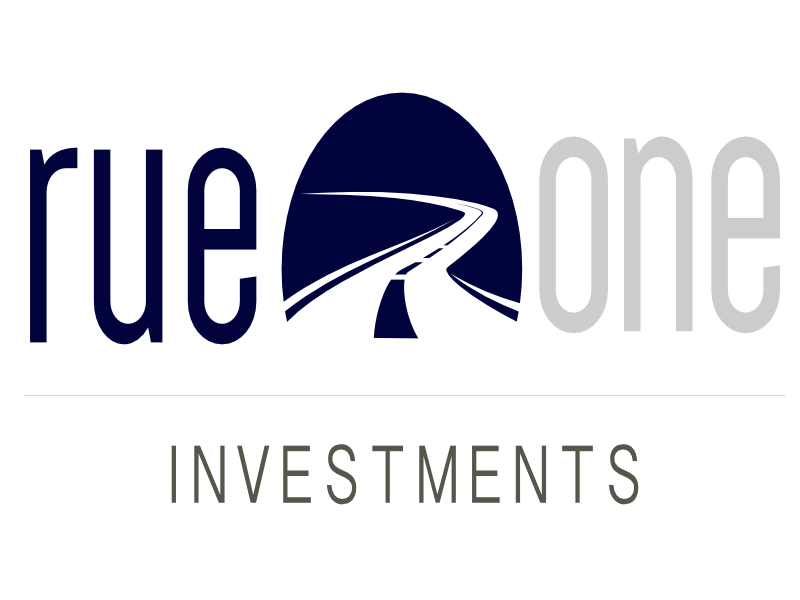How More Innovative PE Models Can Drive Better Returns
After more than three decades of growth, all signs point to a maturing private equity market. Global deal volumes have grown from around $30 billion in the mid-1990s to nearly $700 billion in 2015; the number of private equity firms nearly tripled between 2000 and 2016; and the amount of AUM under management has ballooned from almost $600 billion in 2000 to almost $2,500 billion today.
But there are signs that the PE market is falling victim to its own success. Today there are more market participants chasing a limited number of good deals, which in turn has driven prices up dramatically. Valuations have reached levels not seen since the pre-recession years, with the median purchase price of 9.2 times EBITDA globally and 10.9 times EBITDA in the U.S. Returns for the asset class have also already begun to suffer. Median net internal rates of return, have been largely stagnant since the beginning of the century at the 10% per-year mark.
As I’ve written previously, these challenges are even more acute for mid-size family offices and institutional investors in accessing compelling private transactions in today’s market, but more broadly these trends suggest that for PE deals to retain their allure as an asset class, the sector is going to have to evolve. So what might that look like?
Where We’ve Come From
At its origins, private equity came about as function of two critical developments: the ability to model debt accurately thanks to the advent of spreadsheets with programs like VisiCalc and Microsoft Excel in the early 1970s and 1980s; and Harvard Business School economist Michael Porter's five forces analysis to evaluate competitive advantage in companies. This analysis became the blueprint for most PE firms that started in the 1980s. Taken together, these two components were the keys to private equity up until today, seeking sustainable, reliable cash flows to fund debt that financed acquisitions.
Cracks in the Model?
Porter’s five forces have been an invaluable tool to the development of the private equity ecosystem, but they describe ideal situations. While many companies meet the five forces well, many have not – and many still do not. As the hunt for compelling deals continued over the years within a limited universe of companies that met the five forces criteria, general partners of PE firms recognized the need to explore what was once considered the fringes of PE, for example, investing in things like fashion and technology businesses (yes, even tech was once considered taboo) that did not necessarily have the same types of sustainable cash flows called for by traditional PE models.
These types of innovations and willingness to look outside the boundaries of ideal scenarios has, under the right circumstances, been met with great success. Technology is the second most popular sector in PE today, and companies like LVMH were created thanks to private equity innovation.
PE Models Need to Adapt Further
Given today’s ultra-competitive environment, investors seeking attractive returns going forward need to think differently than the crowd.
There are attractive private investments out there if one views the world from a slightly different lens than traditional PE/LBO. However, it’s necessary to be more selective and knowledgeable about how to find these deals and execute on them. By shifting the risk / reward equation slightly, one can find compelling returns even in the current market. For example, a company may have a strong business and great future but have had a longer or more diversified evolution. Or perhaps the company operates in a non-traditional sector or has not yet established a track record of sales. High capex businesses are a great example. Another might be a business in an outdated industry, like a mail sorting company, but the asset might be well priced and ideal for a roll-up.
Ultimately, to be successful in today’s market, investors need to be more creative and resourceful to get attractive returns from private equity going forward. It’s essential to find deals that are different and don’t fit easily into the same buckets that everyone is chasing. While the deals may be more complex and difficult to execute, there are investment managers that have the right mix of deal expertise and financial acumen to succeed going forward.
[1] https://www.forbes.com/sites/antoinedrean/2017/01/25/ten-predictions-for-private-equity-in-2017/3/#3fdd199a21e4
[2] https://www.toptal.com/finance/private-equity-consultants/private-equity-industry
[3] https://probitaspartners.com/wp-content/uploads/2016/11/probitas_partners_PE_Survey_for2017.pdf
